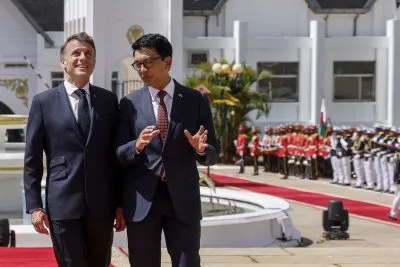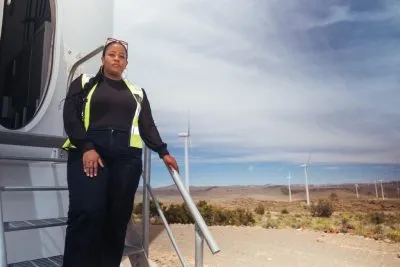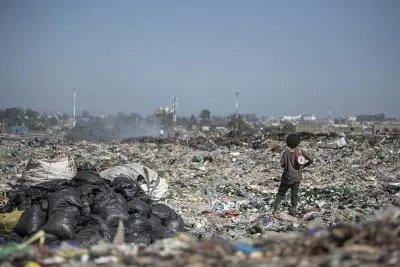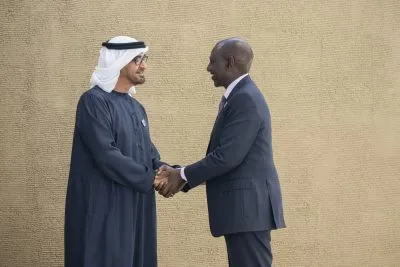Projects in Brazil are bringing greater water security to urban areas.
In 2014, an unprecedented water crisis caused historically low water levels in the largest reservoir of the Cantareira system, which supplies water to São Paulo, leaving thousands in the city without water. This event signalled a warning on how large Brazilian cities were managing their water resources.
“While there are regional differences, the metropolitan regions suffer from a combination of factors such as the degradation of water sources, the disorganised growth of cities,” said Samuel Barrêto, manager of The Nature Conservancy (TNC). In 2015 his NGO helped bring together both city councils and companies from the principal metropolitan regions to deal with water risks.
Today the Coalizão Cidades Pela Água involves six metropolitan regions and multinational companies, such as Coca Cola and Unilever. It has raised R$18m ($5.6m) to restore forests alongside the rivers that supply the Cantareira and Alto Tietê systems in São Paulo, and the Guandu system in Rio de Janeiro. “The plan is to extend the restoration action to a further six metropolitan regions, to bring water security to more than 60m people,” says Barrêto.
A second major challenge is significant losses occurring in the distribution network. It is estimated that Brazil loses 37% of its treated water. In some regions, this is as high as 70%.
Optimale in Campo Grande offers remote sensing, data analysis and cloud computing to monitor losses in real time. Using the system, the water utility company Águas Guariroba in Campo Grande was able to reduce losses from 56% cent in 2006 to less than 25% today.
Northeast Brazil is dealing with a different challenge: coping with the scarcity of water in its semi-arid regions. Programa Água Doce is aimed at increasing access to potable water, implemented in partnership with the Federal Government, bringing two innovative technologies together: desalinating water using nanotechnology in a system powered by solar energy. A pilot project is already benefiting more than 220 inhabitants, and the programme aims to roll out 120 desalination systems across Rio Grande do Norte by June 2017, an investment that will benefit 12,000 people
Andrea Vialli, Valor Economico

Want to continue reading? Subscribe today.
You've read all your free articles for this month! Subscribe now to enjoy full access to our content.
Digital Monthly
£8.00 / month
Receive full unlimited access to our articles, opinions, podcasts and more.
Digital Yearly
£70.00 / year
Our best value offer - save £26 and gain access to all of our digital content for an entire year!
 Sign in with Google
Sign in with Google 


